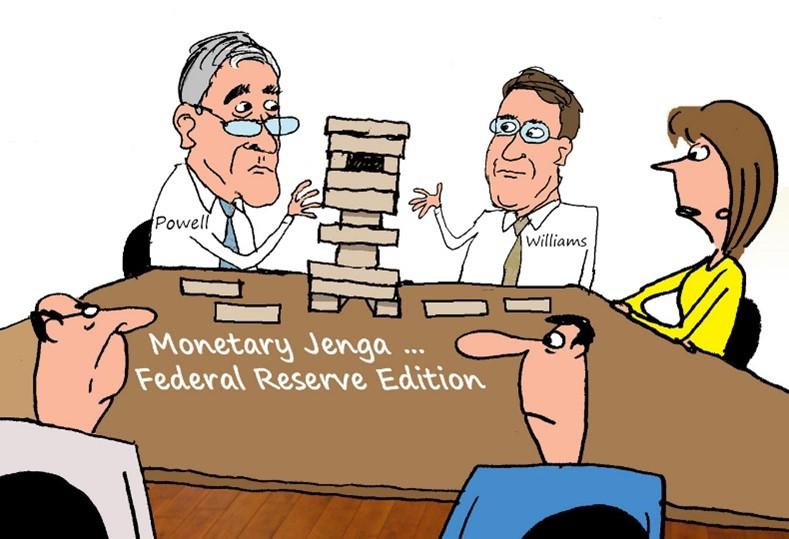Commentary
For the second time of his tenure, Federal Reserve Chairman Jerome Powell is about to embark on what I have previously described as a game of “Monetary Jenga.”

For the second time of his tenure, Federal Reserve Chairman Jerome Powell is about to embark on what I have previously described as a game of “Monetary Jenga.”